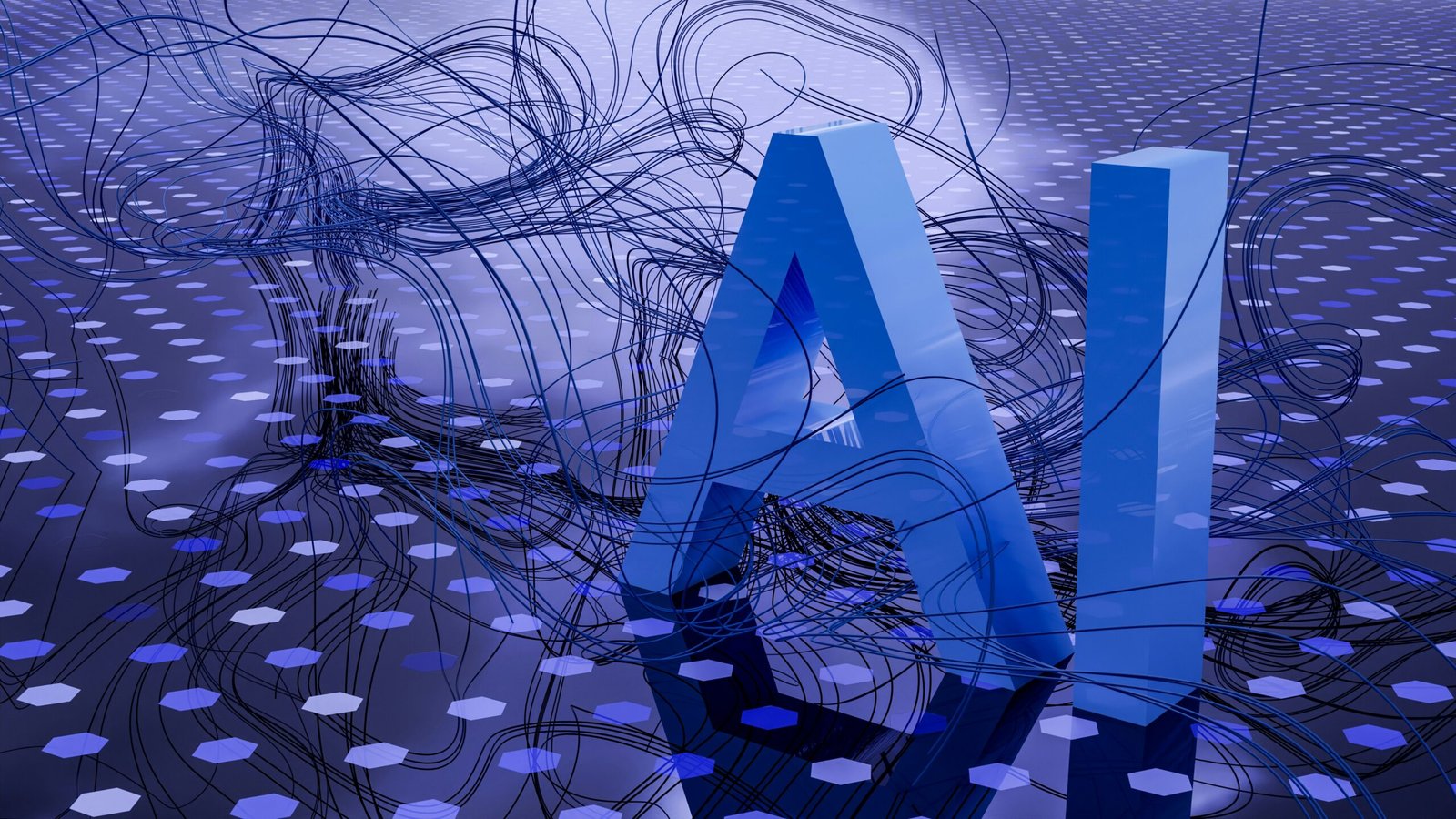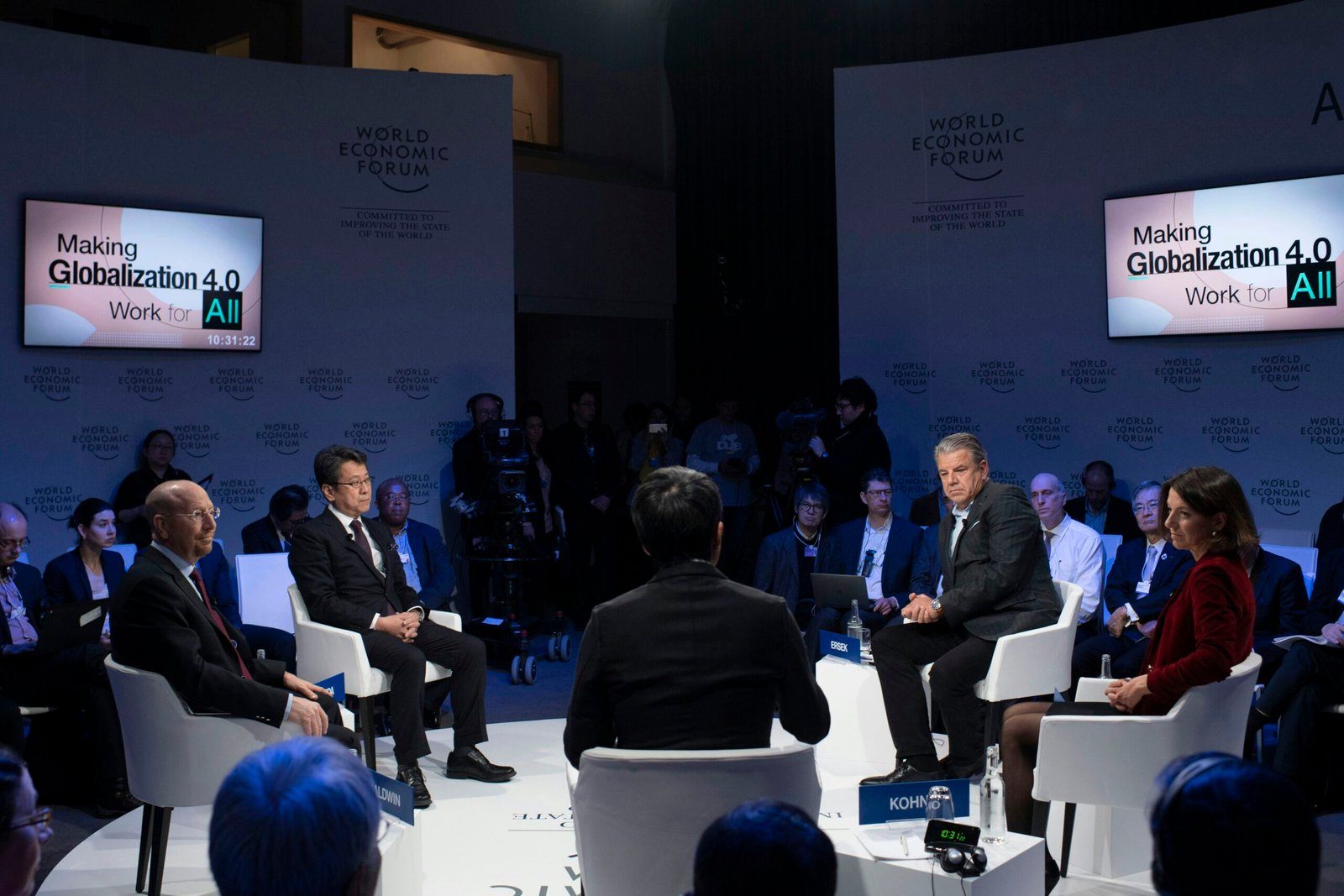Introduction to AI-Powered Communication Tools
AI-powered communication tools represent a transformative shift in how interactions are conducted within organizations. These tools leverage artificial intelligence to enhance the efficiency and effectiveness of workplace communications, setting them apart from traditional communication methods which often lack automation and adaptability. Unlike conventional platforms that rely heavily on human input and structured formats, AI-driven tools utilize machine learning algorithms and data analytics to facilitate seamless dialogue, automate routine tasks, and provide personalized responses.
Among the various types of AI-powered communication tools, chatbots and virtual assistants stand out as prime examples. Chatbots can handle customer inquiries and employee queries instantaneously, reducing the load on human staff and allowing them to focus on more complex tasks. Virtual assistants, on the other hand, can manage scheduling, reminders, and information retrieval, further streamlining workflow processes. Additionally, AI-driven project management tools can analyze team collaboration patterns, ensuring that projects remain on track and that team members communicate effectively with one another.
The evolution of communication tools in the workplace has been marked by a continuous push towards greater integration and innovation. Over recent years, organizations have gradually transitioned from traditional email and meeting-centric communication styles to more dynamic and interactive platforms that harness the power of AI. This shift not only enhances productivity by minimizing bottlenecks but also fosters a culture of responsiveness and proactive engagement among team members.
In conclusion, the introduction of AI-powered communication tools is a pivotal development in enhancing workplace interactions. By embracing these tools, organizations can optimize productivity, improve communication flow, and ultimately create a more collaborative environment conducive to innovation and growth.
Benefits of Using AI in Workplace Communication
The integration of AI-powered communication tools in workplace environments offers a multitude of advantages that significantly enhance organizational efficiency and team collaboration. One of the primary benefits is time savings through automation. AI tools can manage routine tasks such as scheduling meetings, sending reminders, and distributing information. This automation allows employees to focus on higher-level responsibilities, thereby increasing productivity across the board.
Moreover, AI enhances collaboration among team members by facilitating seamless communication. Tools that utilize natural language processing can understand context and intent, allowing for more meaningful interactions. For instance, platforms like Slack and Microsoft Teams incorporate AI features that streamline discussions, enabling faster resolution of queries and promoting a more collaborative culture within organizations.
Another critical advantage of utilizing AI in communication is enhanced data analysis capabilities. AI-powered systems can analyze communication patterns and user behavior, providing valuable insights that inform decision-making processes. For example, companies like Google have employed AI analytics to evaluate team dynamics and identify strengths and weaknesses in their communication strategies. Such insights lead to more informed, data-driven decisions, optimizing workplace interactions.
Personalized communication options also distinguish AI tools from traditional methods. By leveraging user data, AI can tailor messages to individual preferences, enhancing engagement and satisfaction. This level of personalization ensures that team members receive the information they need in a manner that resonates with them, fostering a more inclusive environment.
Real-life examples further exemplify these benefits. Organizations like HubSpot and IBM have successfully implemented AI communication tools, resulting in improved workflow efficiencies and increased employee satisfaction. These positive outcomes illustrate how investing in AI-powered solutions not only promotes effective communication but also drives organizational success.
Challenges and Considerations When Implementing AI Tools
Implementing AI-powered communication tools within organizations presents several challenges that need to be effectively addressed for successful integration. One significant hurdle is the resistance to change that often arises among employees. Many individuals may feel apprehensive about adopting new technologies, fearing that these tools could disrupt established workflows or even threaten their job security. To overcome this resistance, organizations should cultivate an understanding of the benefits these AI tools provide, promoting their ability to enhance productivity and streamline communication rather than replace human interactions.
Another critical consideration is the need for adequate training and support for employees as they navigate the transition to AI-enhanced communication. Comprehensive training programs should be developed to ensure employees are comfortable using these tools and can leverage their full potential. Continuous support through workshops, resources, and responsive helpdesks can also aid employees in adapting to new technologies, further easing the transition process.
Data privacy and security concerns are paramount when incorporating AI tools into workplace communication. Organizations must take proactive measures to safeguard sensitive information, ensuring compliance with relevant regulations. Clear policies regarding data usage, storage, and protection should be established, and employees should be educated on best practices for maintaining confidentiality in their communications.
Finally, retaining a human touch in workplace interactions is essential, even when adopting AI technologies. Balancing the efficiency of AI tools with genuine human engagement can enhance workplace relationships and foster collaboration. Organizations should encourage employees to blend automated communication with personal interactions to preserve the emotional intelligence that is often vital for effective teamwork. By understanding these challenges and actively working to address them, organizations can successfully navigate the complexities of integrating AI-powered communication tools into their workflows.
The Future of AI in Workplace Communication
The future of AI in workplace communication is anticipated to bring transformative changes that will redefine how employees interact, collaborate, and communicate. With the continuous advancements in natural language processing (NLP) and machine learning algorithms, organizations can expect a more streamlined communication process that enhances productivity and fosters greater collaboration among team members. AI-driven tools are becoming increasingly adept at understanding context and sentiment, enabling more effective exchanges of information. This evolution will not only improve internal communications but also facilitate more meaningful interactions with clients and stakeholders.
As remote work becomes a permanent fixture in many organizations, the role of AI in bridging communication gaps is poised to expand significantly. AI-powered platforms can provide real-time language translation and interpretation, thereby promoting cross-cultural communication and reducing misinterpretations across global teams. This capability will cultivate a more inclusive environment, addressing challenges that may arise from language barriers and encouraging collaboration among diverse workforces. The potential for AI to facilitate seamless communication across different cultural contexts represents a critical evolution in workplace dynamics.
Moreover, organizations are likely to leverage AI tools to monitor communication patterns and identify areas for improvement. These insights can guide leadership in fostering a positive workplace culture by recognizing communication bottlenecks and ensuring that all voices are heard. By embracing AI-powered communication, organizations can create a more dynamic environment that encourages employee engagement and innovative thinking. The strategic implementation of these technologies will not only drive long-term success but will also position organizations as leaders in workplace evolution. As companies continue to adapt to the technological landscape, the advantages of AI in enhancing communication will be paramount in achieving organizational goals.









